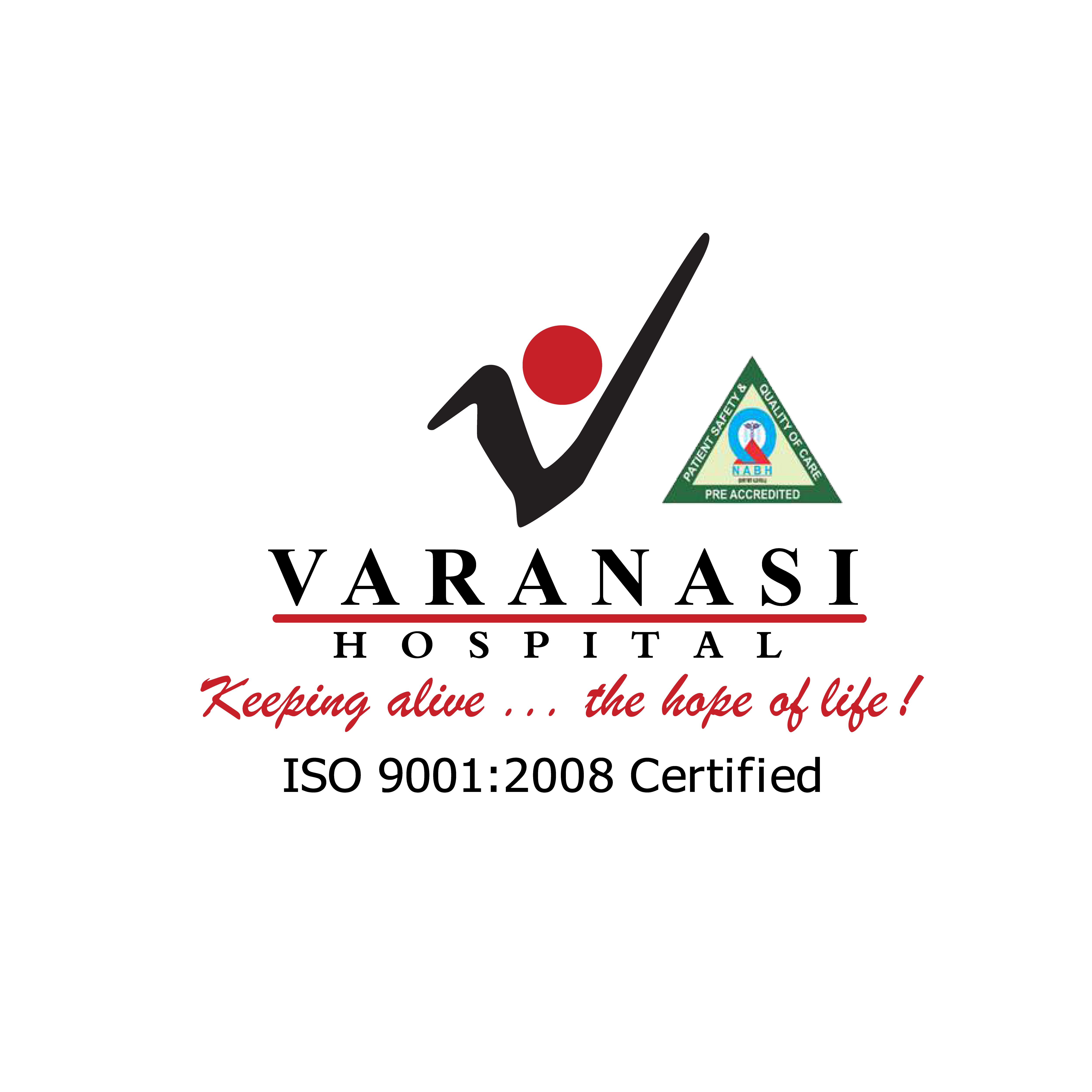The human body is made up of several organs, where each of them, plays an important role. But often, the gallbladder isn’t one of the organs that usually gets a decent amount of consideration, unless it is causing severe pain and needs laparoscopic gallbladder surgery. The gallbladder is a sac like small organ, which it located beneath the liver.
It stores the bile produced by the liver. The gallbladder then releases the bile to the small intestine through the cystic duct, where it helps to break down the food, especially the fat content. Usually, the gallbladder is a much healthier organ and often does not need any serious care or concern. But, if the flow of bile gets slowed or blocked, a number of problems can arise that may require a laparoscopic gallbladder surgery.
But, to be on the safe side, it is always better to watch out for the symptoms of possible gallbladder diseases. Though the symptoms may differ from disease to disease and the condition of the gallbladder, some of the most common are-
- Sharp pain in the abdominal region, especially in the middle or upper right
- Pain that may spread to the right shoulder or back
- Pain that worsens immediately after having a meal (especially greasy of fatty foods)
- Pain that worsens while breathing deeply
- Chest discomfort or pain, a condition called angina
- Bloating, heartburn or indigestion
- Feeling of fullness in the abdomen
- Nausea, fever and vomiting
- Having chills
- Stool of unusual color, often much lighter
- Tenderness in the abdominal region
- Yellowing of skin, a condition called jaundice
Often, there could be cases where the gallstones are quite small in size and thus, does not interfere with the flow of the bile. In such circumstances, the patient might not feel any symptoms at all for the same.
After suspecting a possible gallbladder disease, the doctor can advise the patient to undergo certain diagnosis to be sure of the condition. These screenings include the CT scan or X-ray or a much advanced dye test. Depending upon the condition, these can also be carried out even during the procedure of abdominal surgery.
Any of the symptoms that persists for a long time let’s say 2 weeks should be reported to a doctor immediately. A timely measure can be much beneficial to treat the disease and to improve the overall condition of the patient.



Comments are closed here.